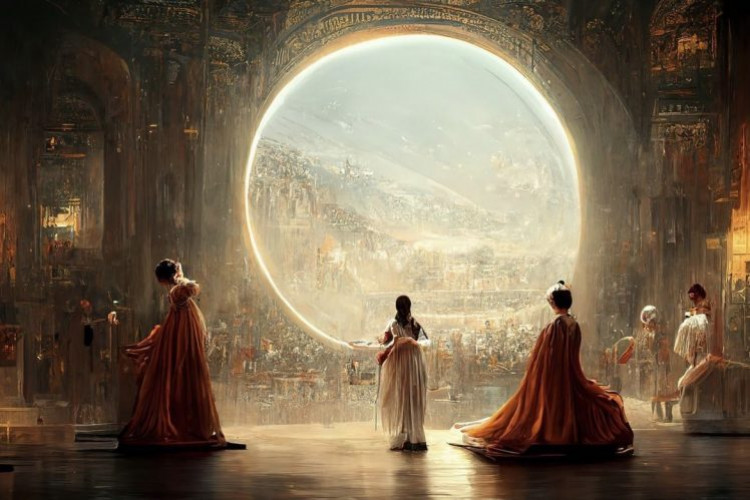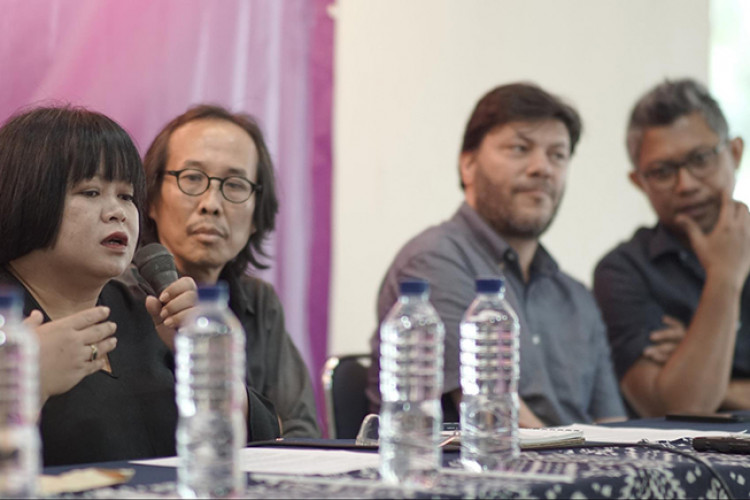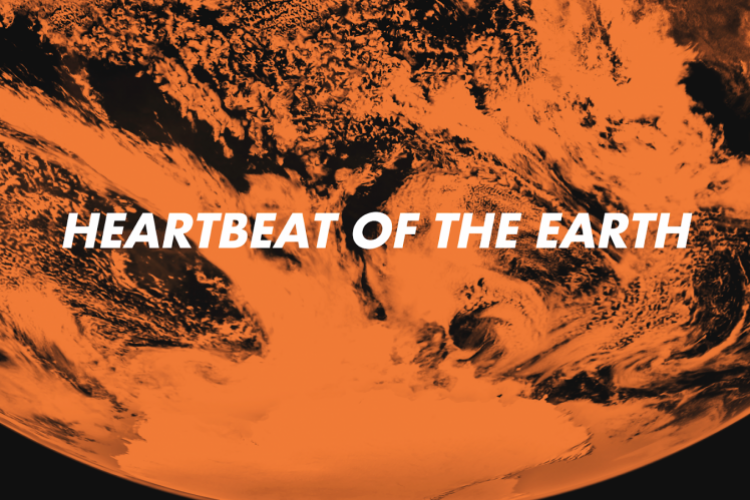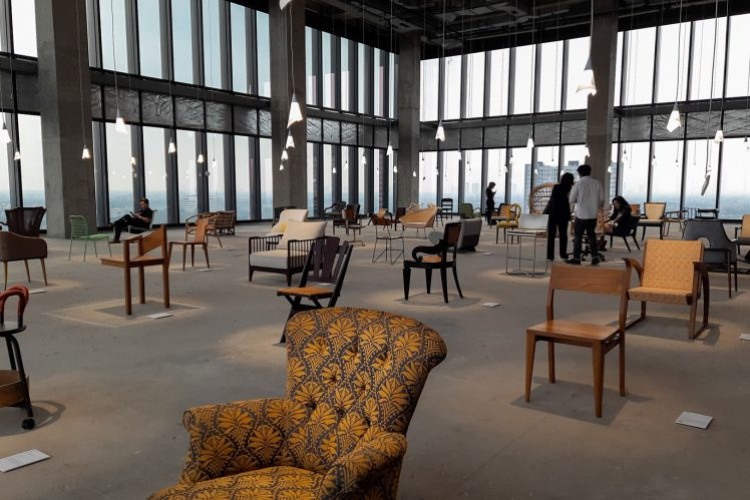The Art of Exhibition with Philippe Pirotte
Amelia Vindy (V) talks with Philippe Pirotte (P)
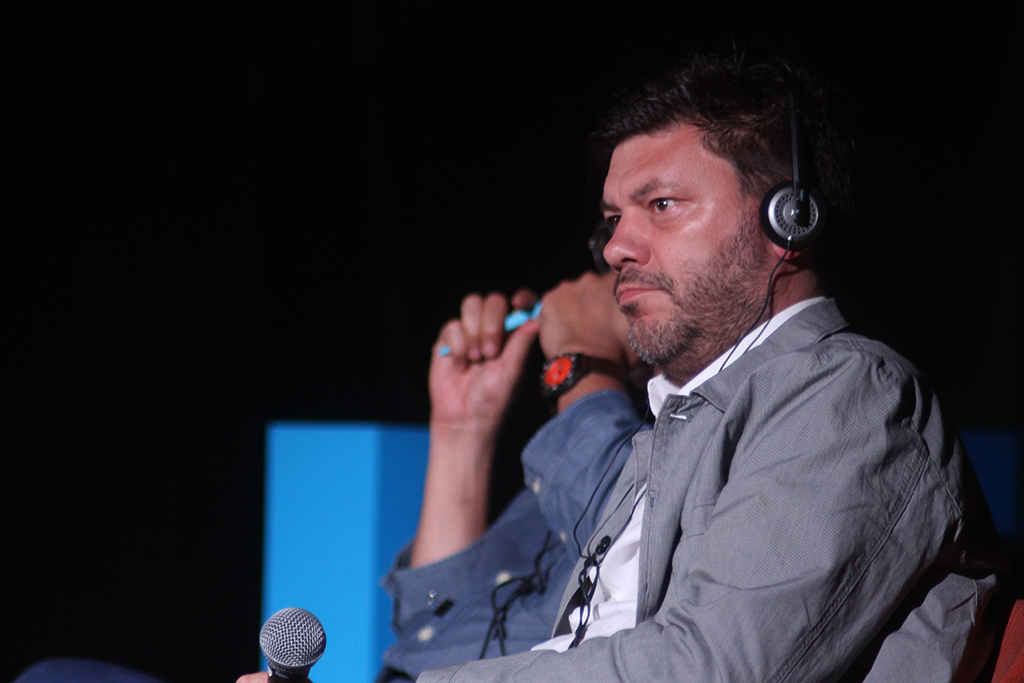
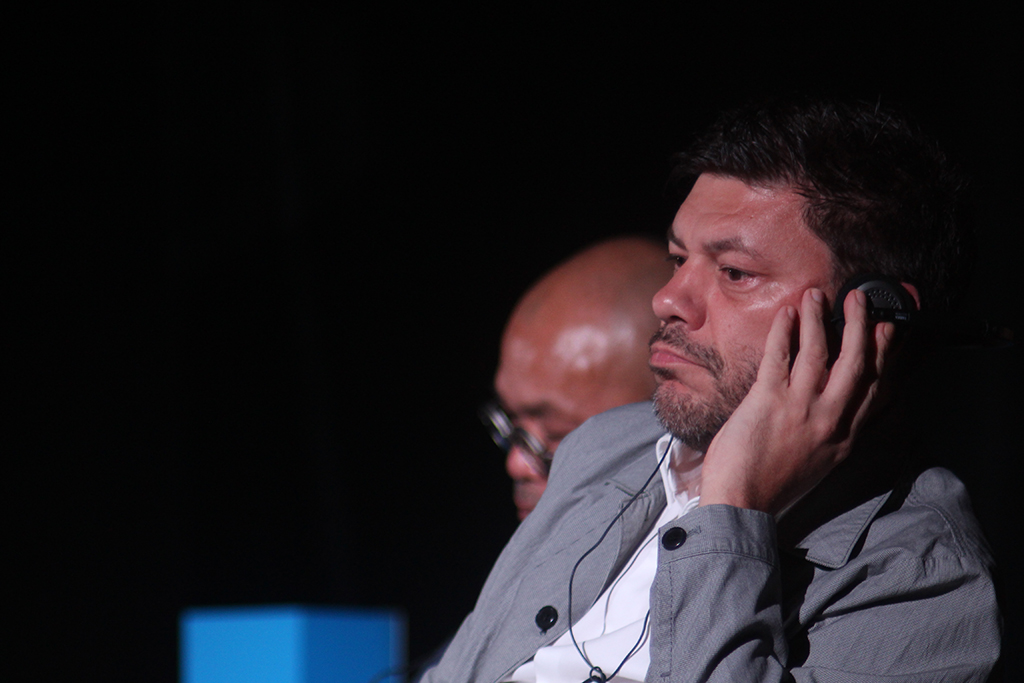
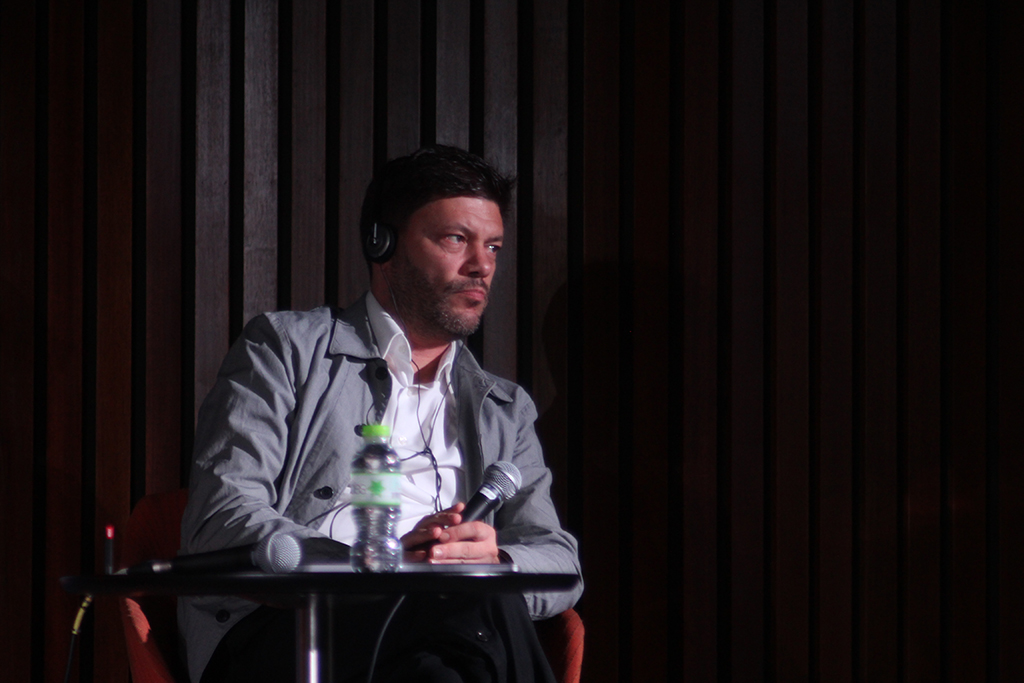
V
You’ve been working in an art-related field, from a historian, critic to a curator. How did you get to know the art world at the very first place?
P
As a kid I went to art classes, but it was probably mostly my parents who took me to see a lot of art during holidays traveling in Europe. Then, later I wanted to be involved rather than look at it from a distance, so more and more I got in touch with practicing artists.
V
You said that you are an old-fashioned historian who is more excited to find the next Van Eyck than following the new trend. As a curator, don’t you think that the dynamic trend is essential for the relevance of the progressive contemporary art?
P
That was kind of a joke, but there is some truth in there. I am not interested in trends at all. More even, I am suspicious of them. Most of the time they are very connected to the way the market operates. Of course, I try to encounter relevant art, but I see it rather as relevant culturally than for the art world. As an artist friend once said, art and the art world are two very different things. I think I am searching for culturally meaningful images or artworks, I am less interested in their dependence on the art world as an institution. It is important to me that their meaning and potentiality, their ‘action’ reaches beyond the art institution.
V
One of your golden rules is to “never use art to illustrate an issue”. Could you elaborate the meaning of that phrase – because practically, a piece is often used to delivered message, associated with the events that happened in this world?
P
I don’t think art serves as a raw material to illustrate or sustain a curatorial idea. I am convinced curators should follow what artworks in all their complexity and with all their layered references bring about, and maximize that potentiality and diversity, instead of reducing an artwork to an ‘exhibit’, as if it was a legitimation for a curatorial concept. An artwork doesn’t have a message, then it would be propaganda. An artwork is a vessel carrying knowledge, maybe knowledge that cannot be delivered in a straightforward message, maybe knowledge that needs to slumber, because the actual situation in the world is not ready to receive it, then the artwork allows the knowledge to be preserved, in order to be experienced at another moment in another space.
V
You also said that an art exhibition doesn’t provide solace because things (art) are not necessarily revealing themselves as truths. It is a space of the mistake, where one can go astray.” How do you introduce this understanding to public, because we often see art through aesthetic glasses?
P
Well, I don’t think art is rocket science. Still, I am convinced it carries important knowledge. Another kind of knowledge than the type of knowledge of which the truth can be tested. So art is a way to deal with inadequacy, with failure, with the things we cannot grasp, but it helps us to go and explore those risky places of our mind, soul, body, and collective consciousness. I think the public has to accept to experience art, rather than try to understand it. Trust their own experience is more important than the fear to make a mistake in interpretation. It is a domain where the public can go astray indeed, following their own feelings, competences, and reference-frameworks.
V
As a curator, how’s your creative process when analyzing the artwork? Do you have any criteria or specific characters that you always apply during curation?
P
It is difficult to talk about criteria because then it seems we tick boxes in order to find works that qualify as good artworks. Very often one artist leads me to another. I do a lot of studio visits, but I also look at as much art as possible in exhibitions. In combination with the things you are reading or experiencing in other domains, some artworks impose themselves on your mind, they become some kind of fixation. With these works your start the next exhibition. Or in some cases, the body of work becomes so fascinating that you want to know more and more, which is now the case for me with Semsar Siahaan for example. Making an exhibition becomes then the perfect learning process.
V
What is your opinion about the fine art and its role in society? Why did it become important for us to understand fine art?
P
I think the proof that art is important for society lies in the fact that a lot of people discuss it, that there is sometimes even fights about images or about art. The fact that some art gets destroyed because of ideologies or because certain groups feel offended, all contributes to the conviction that art seems to matter in society. That is also the reason why we have to try to understand what it is and how it operates, without explaining it away. I think art is a training ground learning how to deal with ambiguous things, how to be tolerant of stuff we don’t understand, or other opinions. It is learning how to deal with dissent in a way.
V
As a curator who’s involved in international events, how do you see the development of the contemporary art in general?
P
That’s a very difficult question. I think art is always made from somewhere, which doesn’t necessarily mean it represents that locality, but it shows a perspective on things. I think it is important to assume the fact that there are different perspectives to look at the world, politics, and cultures, but that it is as important to make those perspectives meet, bring them in a discussion, in negotiation. I think it is very dangerous to keep to one perspective and retreat within an environment of people sharing that perspective.
V
You said that “Biennials tend to be very authorial, and they try to invent new formats.” As a curator for Jakarta Biennale, what’s the new format that you’ve applied for this episode?
P
I think Melati Suryadormo advanced a very open model, to search for artistic positions that in one way or another conveyed something about an old form of spiritualism. It is not a new format, but as an exhibition one felt an undercurrent, a subtext if one can say, bringing about works that all shared the idea to communicate outside of language, outside of discourse. It was about how images and experiences function, how they operate towards our mind and body.
V
What is your most memorable experience working with the artistic team for Jakarta Biennale? Are there any difficulties during the process?
P
There were no real difficulties we didn’t overcome or managed to address collectively in some way. It was a great group-spirit and that was kept up until the last days. To me it was a very interesting experience that even within often financial and technical constraints, this team was very voluntaristic, they wanted it to happen and there was a lot of genuine enthusiasm in realizing this project. That was extremely stimulating, to feel that this project mattered to so many people!
V
How do you see the potentials of the local artists who participate in Jakarta Biennale this time?
P
Well, they had an enormous exposure to both a local public and a national and international group of professional visitors. I cannot predict the future, but I also have the impression there is a renewed attention for what happens artistically in South-East Asia and Indonesia. I hope it meant a lot to the local artists to have spent time with their colleagues that came from abroad, and that there was a sharing of different perspectives as said before. And of course there will probably be effects of the exhibition on the market, but that doesn’t interest me.
V
Any plans or projects you’ve currently worked on or been working on?
P
Well, I will have to return to my work at the Staedelschule and Portikus, I look forward to the exhibition we are organizing with Canadian artist Moyra Davey. Then I am working on some projects for the Berkeley Art Museum in California, but I dream of making a Semsar Siahaan retrospective.








